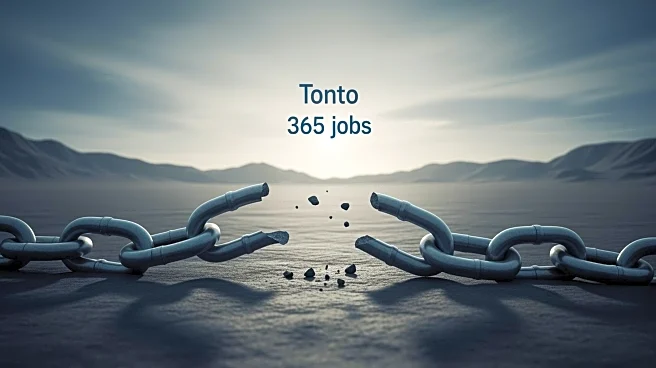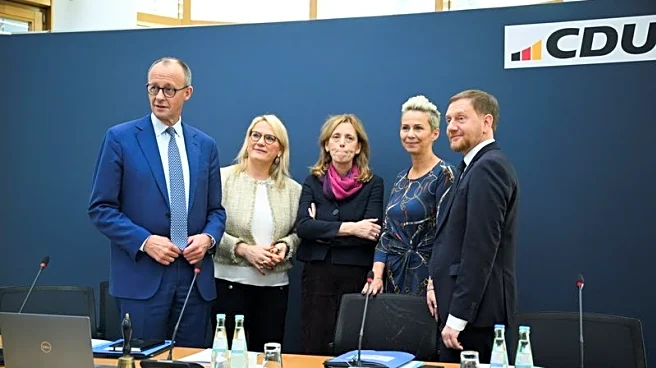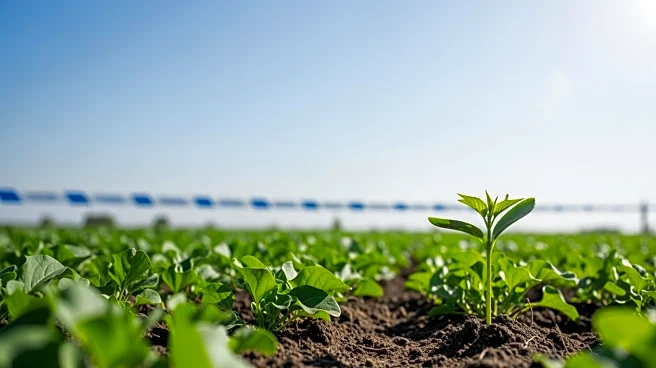What's Happening?
Belgium has introduced new measures to combat the spread of bird flu following recent detections at a commercial poultry farm in Houthulst and a hobby holding in Welkenraedt. The Federal Agency for the Safety
of the Food Chain (FASFC) announced the strengthening of protective measures due to an increasing number of infections in wild birds. The H5N1 avian influenza strain was confirmed at these sites, prompting the culling of birds at the Houthulst location to prevent further spread. Effective immediately, all commercial and Sanitel-registered farms in Belgium must confine poultry and birds indoors or under nets, and are prohibited from using untreated surface or rainwater for watering. A 3km protection zone and a 10km surveillance zone have been established around the Houthulst outbreak.
Why It's Important?
The implementation of these restrictions is crucial in preventing the spread of avian influenza, a highly contagious viral disease affecting nearly all bird species. The measures aim to protect both the poultry industry and public health, as the virus can occasionally infect mammals and, in rare cases, humans. The outbreak in Belgium is part of a broader trend in Europe, with similar cases reported in Germany, the Netherlands, and France. The restrictions could have significant economic implications for the poultry industry, affecting production and export capabilities. Additionally, the measures highlight the importance of biosecurity in managing animal diseases and protecting food supply chains.
What's Next?
Belgium's Agriculture Minister, David Clarinval, has called for increased vigilance and strict adherence to biosecurity measures as the viral pressure is expected to rise in the coming months. The situation will likely require ongoing monitoring and potential adjustments to containment strategies. Other European countries may also implement similar measures as the bird flu season progresses. The effectiveness of these restrictions will be closely watched by stakeholders in the poultry industry and public health officials to assess their impact on controlling the spread of the virus.













